
[Webinar Recording] From Messy to Measured: Tour Supply Chain Emissions
A Webinar in the Road to Net Zero Series When it comes to a trip’s carbon footprint, where does a tour operator’s responsibility begin and

A Webinar in the Road to Net Zero Series When it comes to a trip’s carbon footprint, where does a tour operator’s responsibility begin and
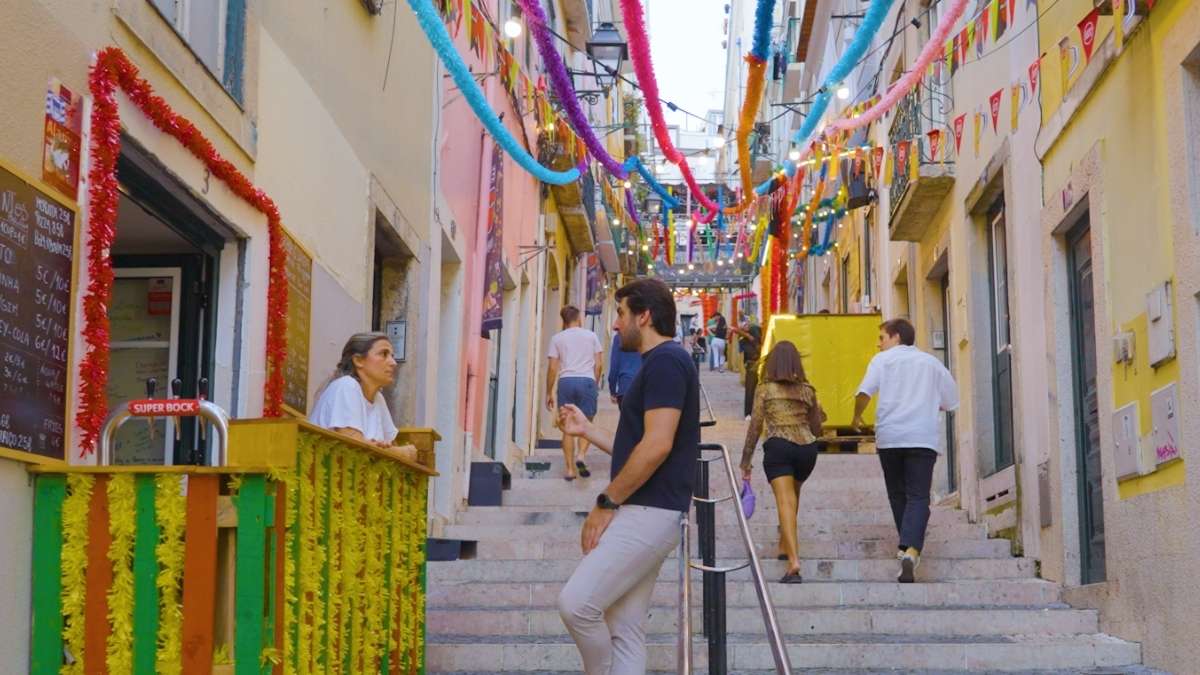
SEATTLE, WA (September 25, 2025) — Just in time for World Tourism Day, Sustainable Travel International today released two new episodes in its Sustainable Travel:
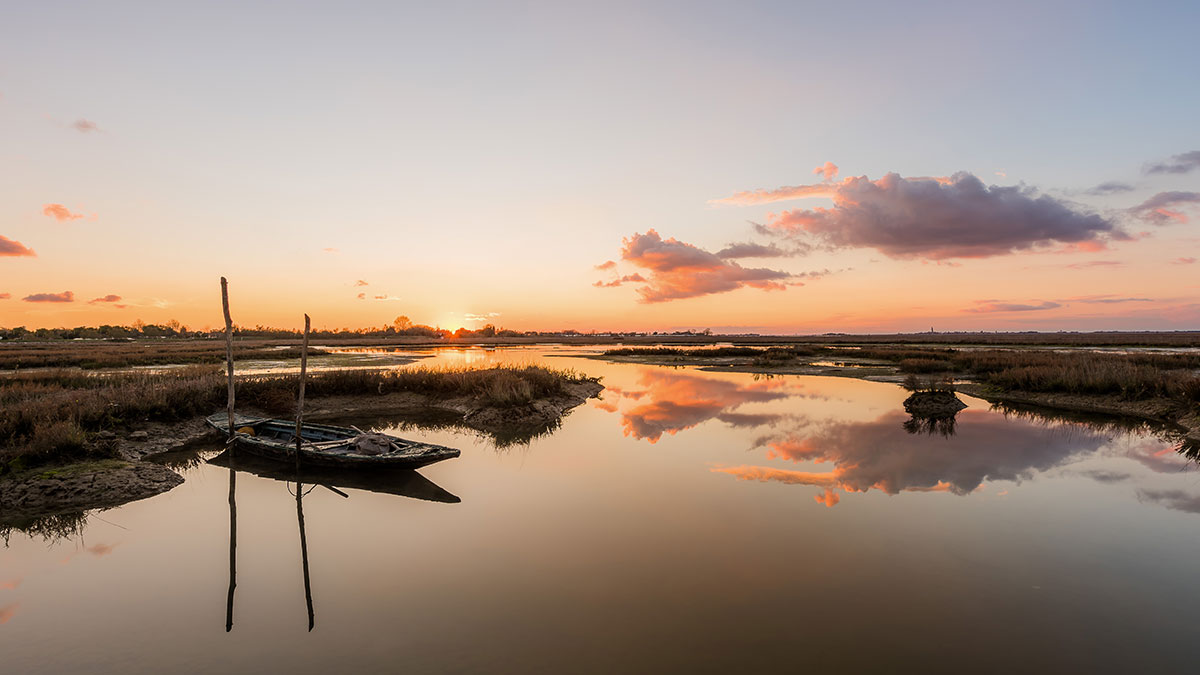
Our third Climate Impact Portfolio of 2025, released on August 15, 2025, supports seven carbon offset projects around the world. Read on to learn more
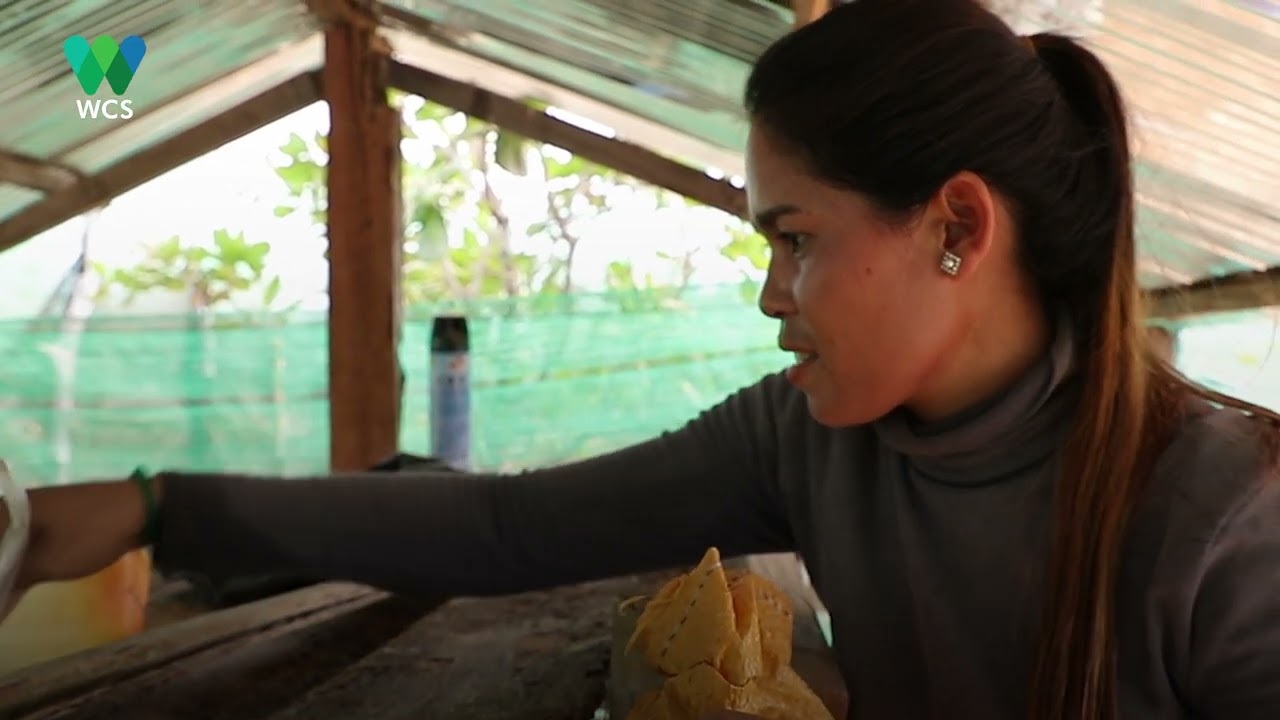
Can a cow save a forest? Between 2022 and 2024, the Keo Seima carbon offset project provided 64 breeding cows to communities in six villages.
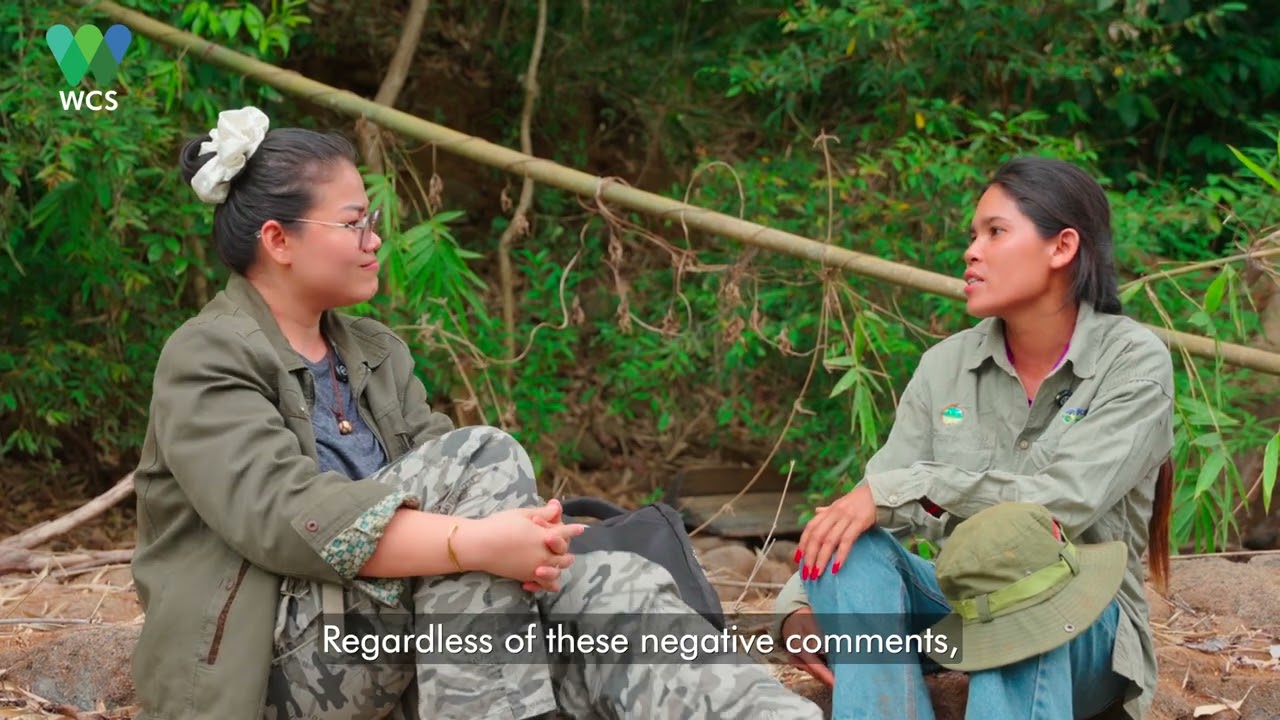
In this video, we meet Kae Vert, the first woman to lead a community protected area in her village and a member of the Bunong
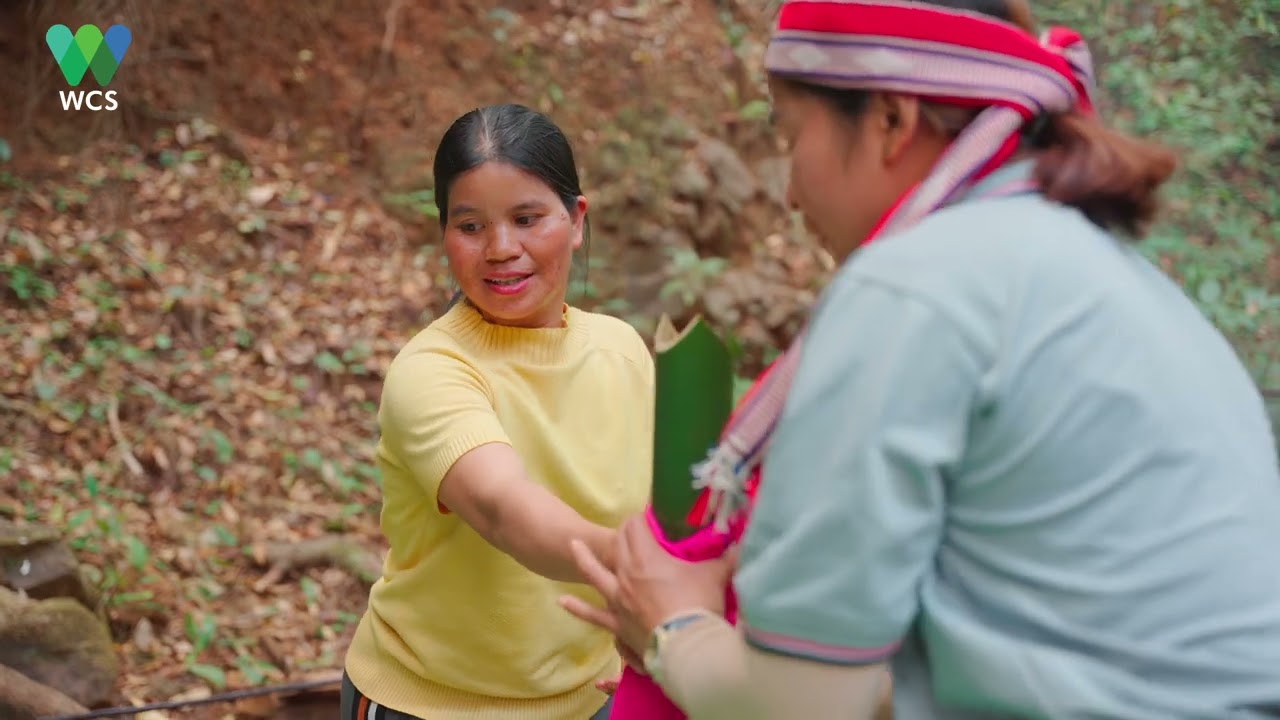
In this video, we meet Chreng Bet, an Indigenous Bunong woman, who leads a community-based ecotourism initiative at Cambodia’s Leng Kao Waterfall. The Keo Seima
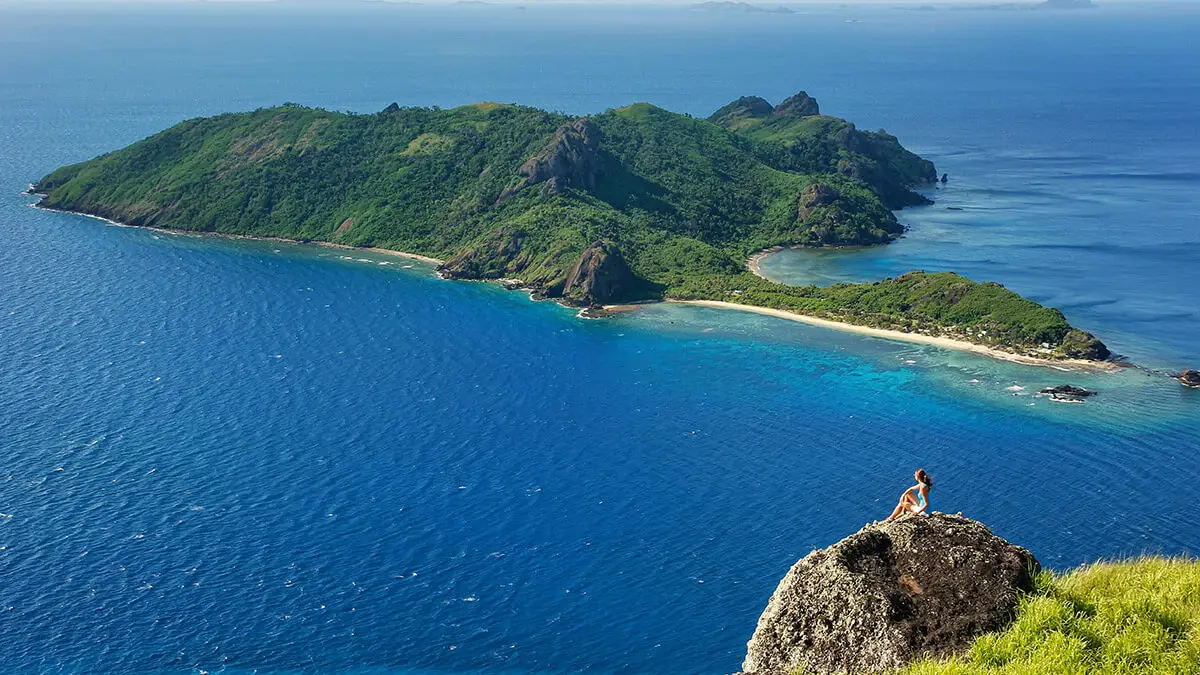
Travel provides an unparalleled opportunity to explore the world’s most remarkable ecosystems and natural treasures. Yet it’s no secret that travel can be a burden on the environment and the wild places we visit. But this doesn’t have to be the case. There are plenty of ways that you can...
Seattle, WA (April 13, 2022) – Today, Sustainable Travel International released an embeddable carbon footprint calculator for calculating and offsetting travel emissions. Now, any company can power carbon offsetting directly from their own website. This new technology expands upon Sustainable Travel International’s suite of business climate solutions, providing a free...
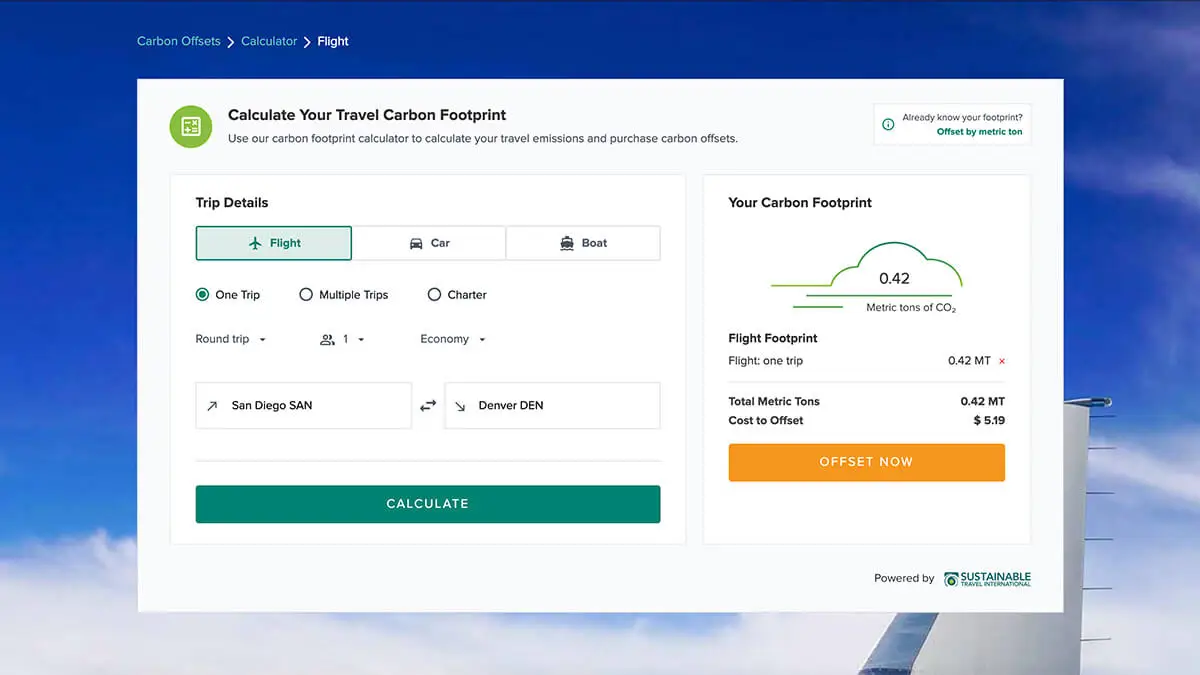
Seattle, WA (March 24, 2022) – Today, Sustainable Travel International launched a new online carbon footprint calculator that promotes climate-friendly travel by enabling users to measure and offset their travel emissions. This new tool is designed specifically for travel activities including commercial and charter flights, vehicles, cruises, liveaboards, and yachts....
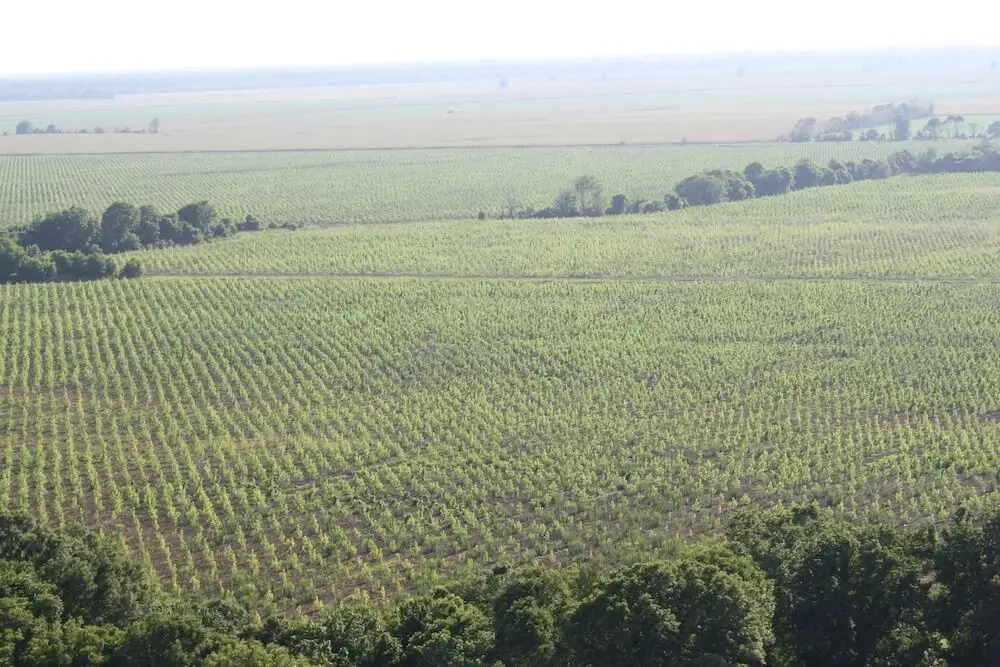
The rich, alluvial soils of the Mississippi River Valley have made it the country’s most fertile agricultural region. While the valley was covered in 25 million acres of forestland until World War II — providing a habitat for cougars, black bear, bison, red fox and of course, waterfowl — industrial...